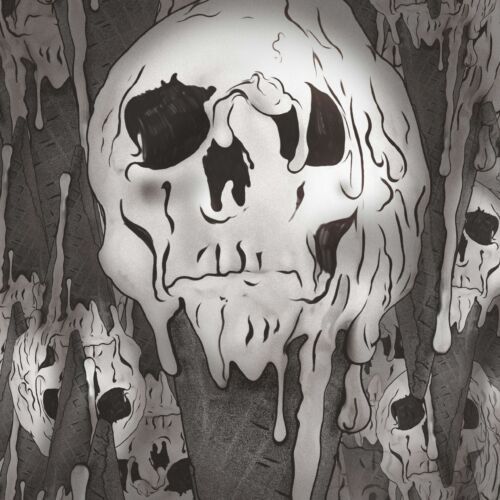Pearl farms and SRBSDV virus as a threat to rice crops
A virus that was first identified in 2010 in China was detected in rice fields in northern India. SRBSDV (Southern Rice Black-Streaked Dwarf Virus) is transmitted by the insect – Sogatella furcifera, a planthopper in the family of Delphacidae, when it sucks the sap from young plants, disrupting root development and rice growth. Plants become dwarfed and stiff, their leaves darken and yields from pest-infested fields can fall by 30-50%.
In Ghana, phone apps help farmers sell their crops for a decent price directly to customers in urban areas. It has been five years since agro-technology company AgroCenta launched the first app of this kind. Farmers can send pictures of their produce to customers so they can see what they are buying. The biggest challenge is the lack of online services in some parts of the country, but the company says it has already reached at least 12,000 farmers.
India’s authorities are encouraging farmers to farm and harvest pearls as part of the so-called Blue Revolution, a plan to modernise the country’s fishing industry. The government covers half the cost of setting up a pond for pearl farming and harvesting; it has so far provided financial support to 232 such initiatives, which is one of the most lucrative aquaculture ventures. Although the process of producing pearls by mussels and oysters is difficult and delicate, the first farmers are already succeeding – Narendra Garwa first increased the survival rate of mussels from 30 to 70 per cent, and by 2022, he expects to produce around 3,000 pearls, each of which he can sell for $5-11.























